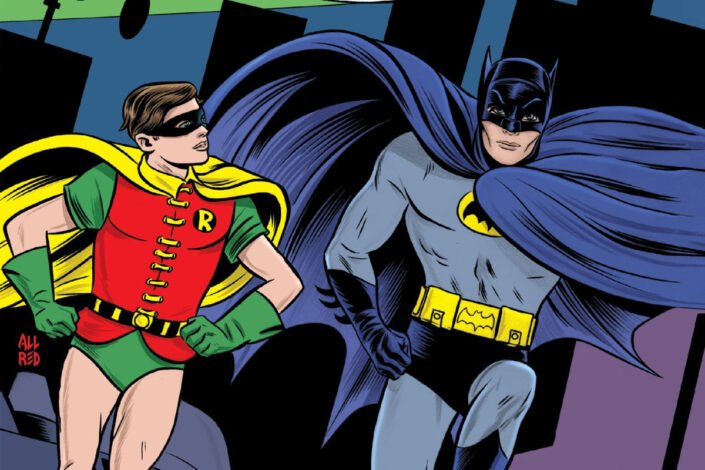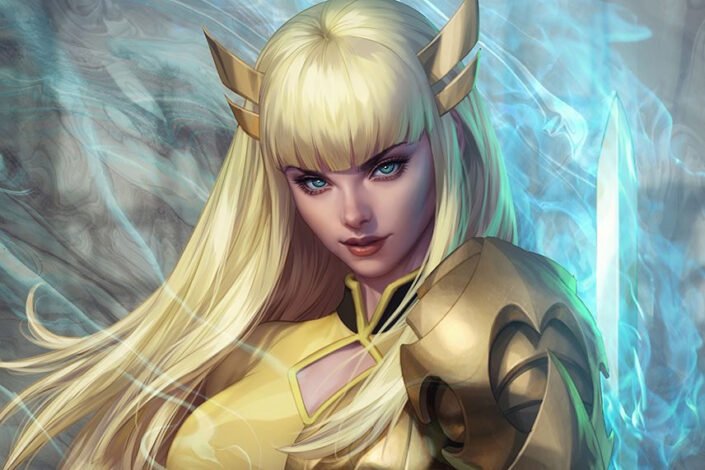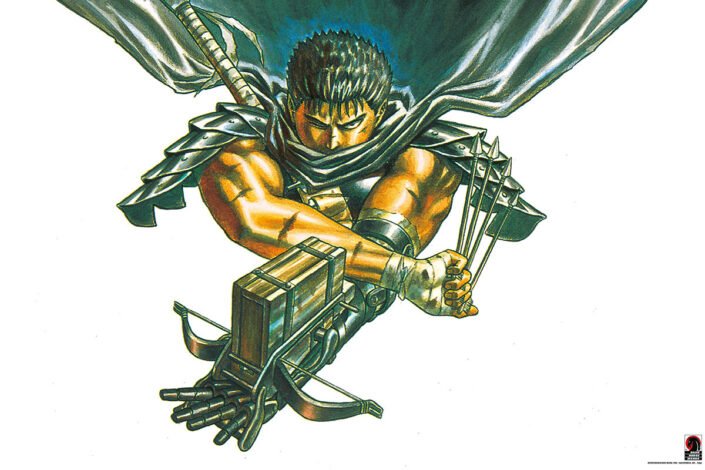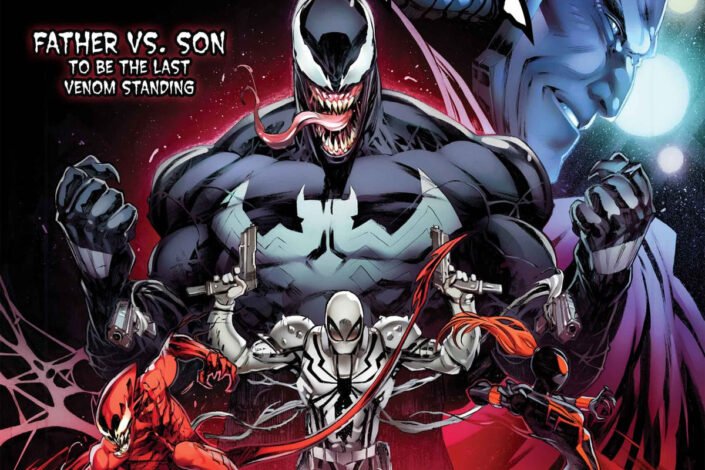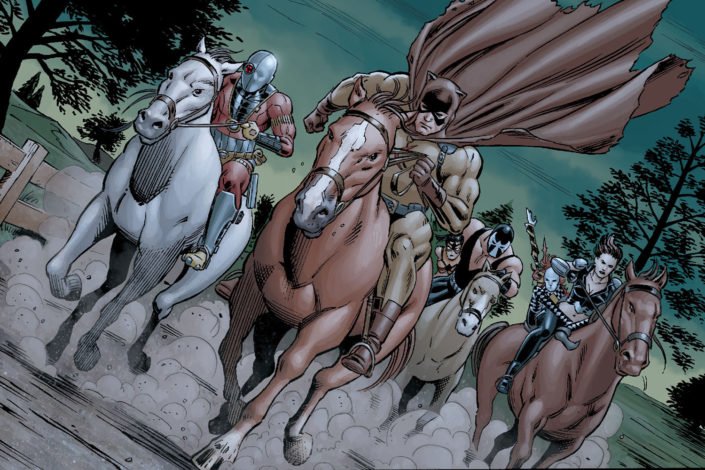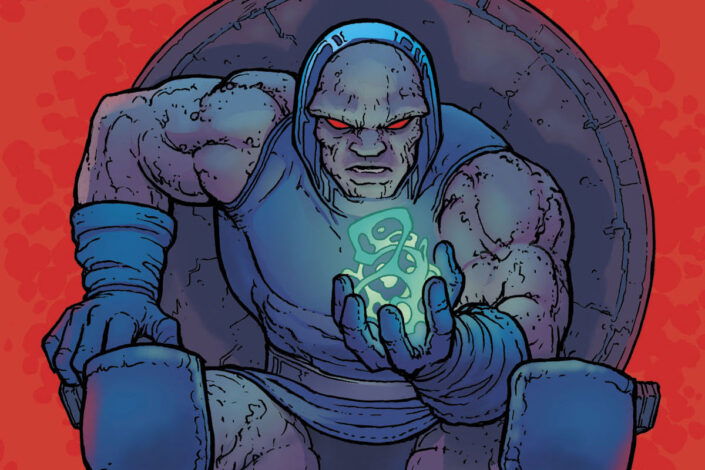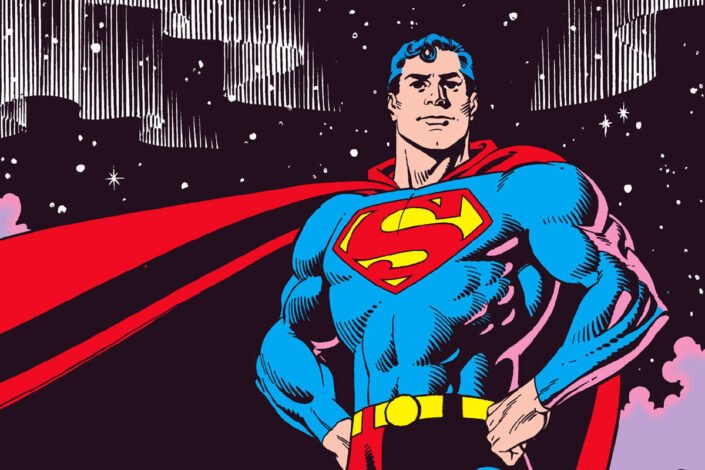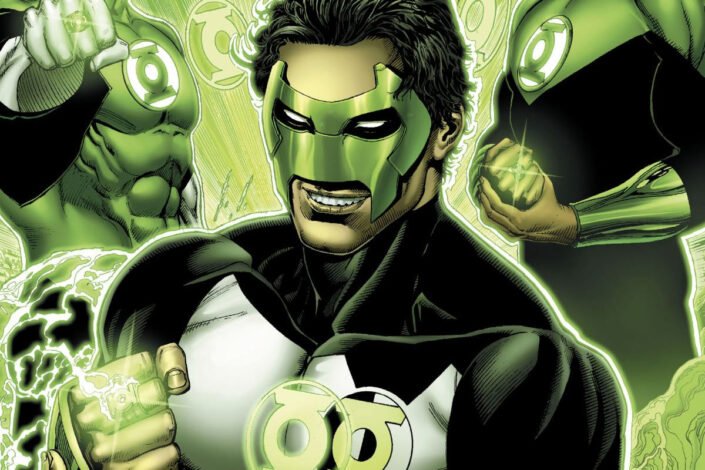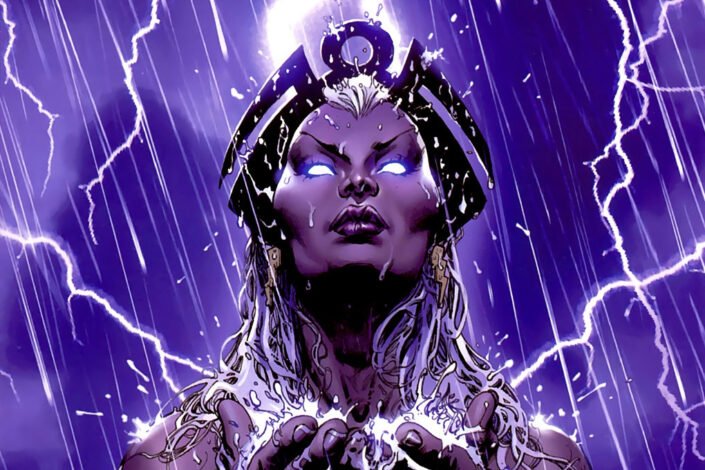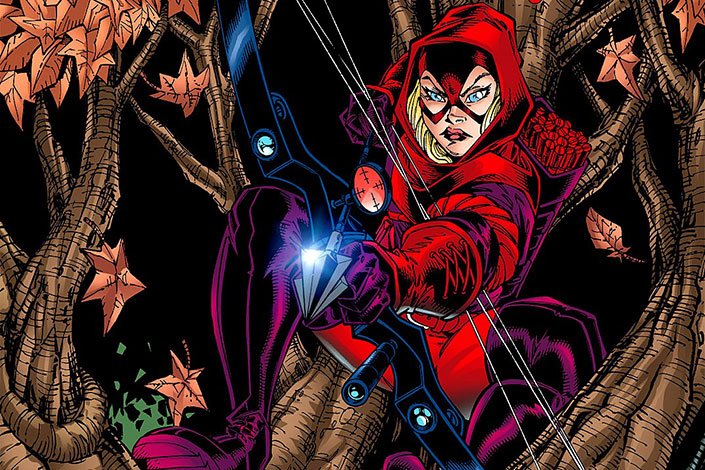Batman ’66 Reading Order
In January 1966, the American TV Network ABC launched a live-action Batman show starring Adam West as Bruce Wayne/Batman and Burt Ward as Dick Grayson/Robin. It soon became a massive hit which had a big impact on pop culture, influencing other TV Shows but also the comic book it was based on.
It was created by William Dozier, a man who, before starting work on the project, had never read a Batman comic in his life. Not knowing how to adapt the character, he tried multiple approaches and the one that worked was to make Batman a pop-art campy comedy. For the kids, it was a colorful action/adventure series. For the adults, it was a fun time.
This Batman show lasted for three seasons and a movie as ABC decided to milk this success to the max, ordering 60 episodes for the second season, emptying at a fast rate its creative juice. The public grew tired of Batman and Dozier tried to save the series by introducing Batgirl/Barbara Gordon (played by Yvonne Craig) and asking DC Comics to develop the character in the Batman comics. This was not enough to make the ratings go up–Dozier also flirted with surrealism at one point and tried to be more topical.
